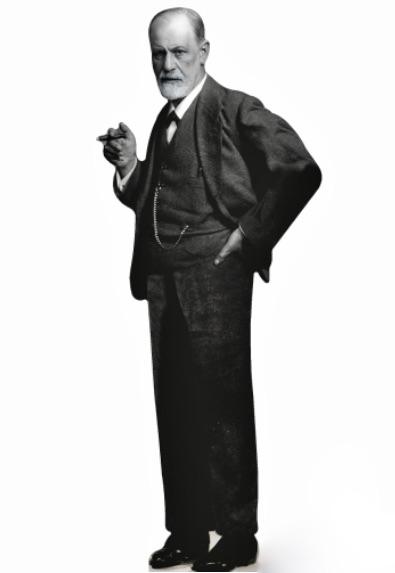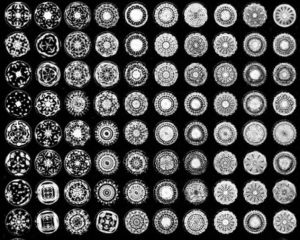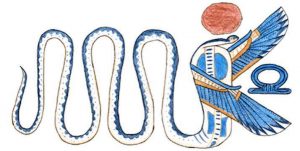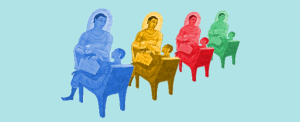
One basic difference between Western dance forms and Asian religious dance forms is the co-existence of a complementary inner technique within the Asian forms. In terms of complexity and spontaneity, these inner techniques are as complicated as the physical movement techniques with which they are integrated. Indeed, the inner techniques are really nothing other than types of meditation; the activation and use of different parts if the psyche; a kind of mental concentration and control that functions while the physical body is dancing. The dancing mind is another mind. Transmitting inner teachings of spiritual dance traditions is as subtle as teaching meditation.
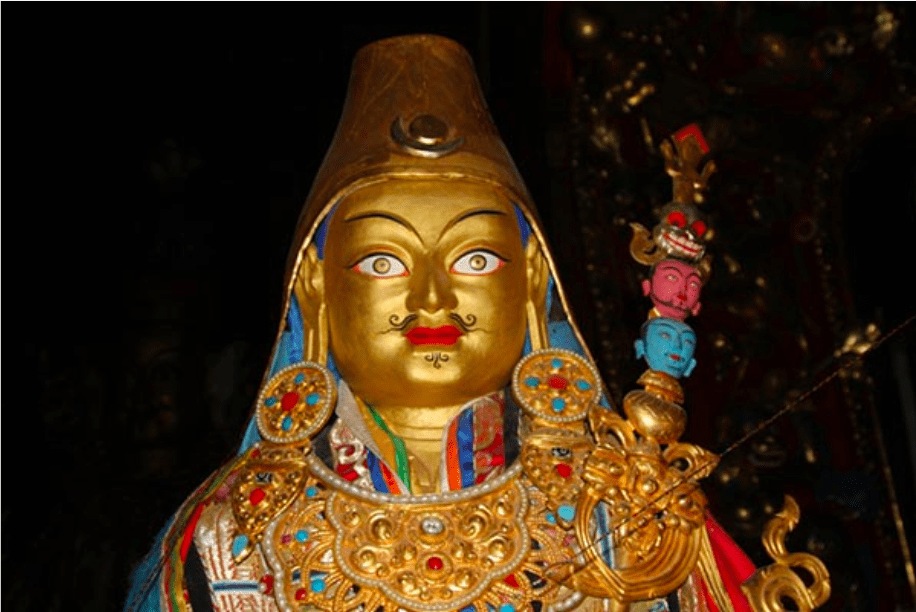
Because there are many explicit meditation techniques in the Asian spiritual traditions of Buddhism and Daoism, and because these techniques are inextricable from physical embodiment by a practitioner, Buddhism and Daoism have been sometimes understood as philosophies or practices for personal cultivation rather than as “religions” as the term is understood in the West: a set of binding beliefs. Since meditation techniques activate—and deactivate—parts of the mind by shifting attention and cultivating energy, they result in a transformation of consciousness, beyond mundane consciousness. A different part of the mind-body complex is working while practicing tai chi, for example, than in one’s comportment while grocery shopping. What is this state of mind? What is the moving meditation of sacred dance? How does one concentrate on psychic realities while at the same time performing prescribed dance movements?

This column, Ancient Dances, has been fortunate to be able share descriptions of dancing from the dancers themselves, as well as from monks, mountaineers, academics, cartographers, anthropologists, philosophers, painters, and psychologists. Early Western contact with three fundamental Asian texts: The Secret of the Golden Flower, attributed to Lu Dongbin, translated by Richard Wilhelm with C. F. Baynes’ English translation (1931); The Book of Changes, attributed to Fuxi, also translated by Wilhelm and Baynes (1950); and the earlier Tibetan Book of the Dead, attributed to Padmasambhava, translated by Kazi Dawa Samdup, and presented by American anthropologist W. Y. Evans-Wentz (1927), arrived at the doorstep of the Western Mind with commentary by seminal Swiss psychoanalyst Carl Jung (1875–1961), who based fundamental thoughts about Eastern spiritual practices on the supposed activity of the Unconscious. Ancestors Fuxi, Lu Dongbin, and Padmasambhava, founder of Tibetan Buddhism, arrived in Western popular literature, filtered through the nascent psychological interpretations of Jung. It is no surprise, then, that the psychedelic generation made bestsellers of these books. Jung was interested in psychedelics too. There was an organic fascination with a mind other than the Western mind.
The term “the unconscious” was coined by the 18th century German Romantic philosopher Friedrich Schelling (1775–1854). The word first appeared in English in the translations of Samuel Taylor Coleridge (1772–1834). As a philosopher, Schelling was a transcendental idealist. For him, the unconscious referred to forces beyond and outside of conscious awareness. The Austrian neurologist Sigmund Freud (1856–1939) borrowed the word and used it as a medical term, describing not only psychological activity, but naming a mental repository where memories, repressed emotions, dreams, and hidden impulses were stored.

Tapping into the unconscious, and describing a “collective unconscious,” using archetypes and symbols, was popularized by the work of Jung, who disagreed with Freud about the nature of the unconscious, in part by providing the unconscious with some positive activities, including creativity. Jung was fascinated by states of mind unfamiliar to Western concepts of the mind, or Western studies of the mind. He explored the universal meaning of mandala designs as maps of consciousness, and beyond that, as gateways to the unconscious. He experimented with traditional psychedelics, he explored dream states, and investigated his own ecstatic visions. Jung was naturally fascinated with these translations of Asian spiritual classics, because they were conversant with states of mind unfamiliar to the West. The “dancing mind” of Buddhist monks and tantric priests is a clear example of a highly cultivated Asian state of mind with which the West was not familiar.
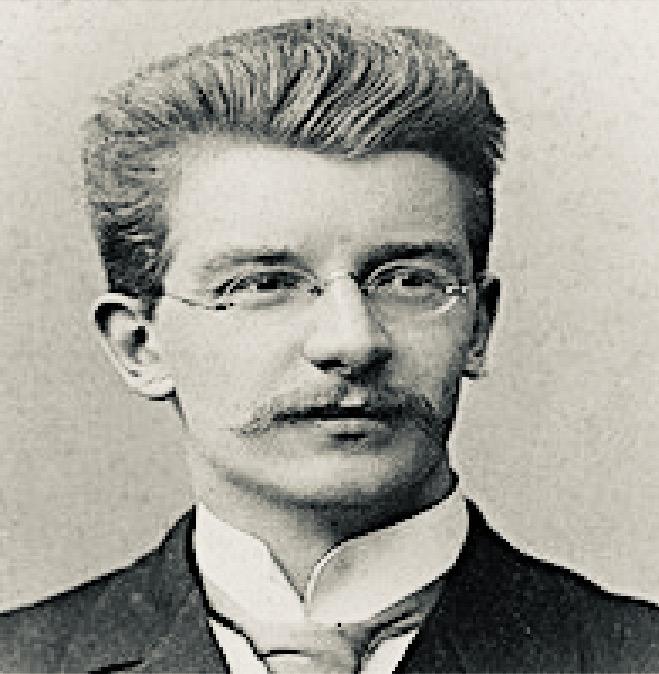
Jung did not believe that Westerners could fathom or practice Eastern modes of spirituality and meditation, believing that the “two minds” were too far apart. His lengthy commentary on the non-sectarian teaching to access one’s primal essence, The Secret of the Golden Flower,* spends much energy defending Western intellectualism and the scientific approach to phenomena. In Jung’s framework, he cannot take the evanescent deities of Tibetan Buddhism seriously as a religion, but he surely sees the tantric techniques as knowledgeable of psychic conditions of mind; vivid mechanisms of interactions with the unconscious. In these Asian classics, Jung expressed appreciation for the long experience and finesse with instinctual and intuitive processes of mind, including the use of symbols, which transcend rational thought. Buddhist and Daoist meditation methods were neither rational nor intellectual to Jung. They were psychological to him.
There is perhaps something perfectly incongruous in having three of the most outlandish, magical, and colorful characters of Asian spiritual history introduced to the West by a set of mustachioed European intellectuals, intrigued with aspects of the mind undeveloped in the West, but highly developed in ancient China and the Himalayas. A scientific fascination with the unknown, a nascent psychology, contributed to our understanding of the I Ching, The Golden Flower, and The Book of the Dead.
There is one problem with the whole notion of using the “unconscious” to unlock Eastern spiritual practices. This is something which psychoanalyst and philosopher Leonard Feldstein (1930–2022) points out and upon which he elaborates. The “unconscious” is “scientifically” defined by what it isn’t. It has no positive definition. There’s consciousness, and then . . . there’s everything else: a broad—even convenient—idea. Asian spiritual dance traditions already have terms for states of consciousness beyond discursive thought and sensory perception. It is a manifold manifestation, and a field of personal awareness and action, cultivated for thousands of years by personal transmission.
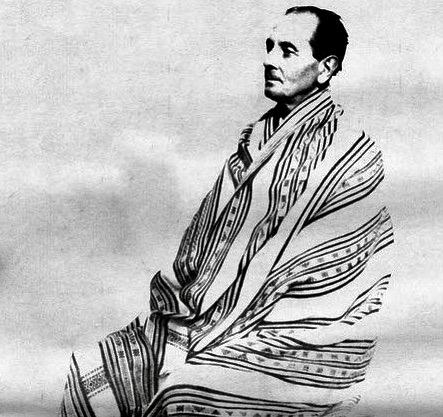
Feldstein, a philosopher of science by profession, suggests that in order to have a coherent theory of the mind-body complex, any notion of the mind having conscious and unconscious components must be complemented by the body having the same. There must be an “unbody.” The Secret of the Golden Flower is precisely about accessing one’s primal nature at any time, and continuing, with essential nature and manifest conduct functioning together in a luminous awareness that embraces both as enlightened comportment. This is the Dancing Mind. This is what Shaolin monks study to become warriors as well as monks.

And that is how this whole discussion relates to Buddhist monastic cham dance, and the dance of Newar tantric priests, the sacred art of Charya Nritya: examples where meditation technique and dance technique come together. How does a monk “become the deity?” How does the dancing priest “embody the deity,” in order to effect the transformation of their mind into a stabilized contemplative state while they perform? Their body also has to tap into a greater intuitive body knowledge than is needed or accessed for mundane activities. Both the mind and body activate the “unconscious-unbody.” Together, they embody the rarified deity, as modalities of energy controlled by the mind. Tantric meditation sustains the state of mind during the performance of a precise and often quite long dance. The illusory nature of reality being at the core of experience, the deities dissipate and a raw experience of primal reality is possible, indeed experiential, and able to be performed by adepts.

Both the meditative immanence of the moment about to emerge from non-being, and the transcendence of sensory and mental stimulation, come together in a yogic dance. The living experience of emptiness, the attribute-less state, is brought to the monastic tradition of cham dance, and the Newar tradition of Charya Nritya.
I will conclude this brief introduction to some ideas about understanding the Dancing Mind with quotes from Jung’s commentary on The Secret of the Golden Flower. It is amazing to see the brilliance of Jung as he hungrily takes on these newly introduced ancient works of Asia, with his own new ideas that allowed him a pathway of understanding. It is equally astonishing to see how far we have come in our mutual insights during the past 100 years.
The conscious will cannot attain such symbolic unity because the conscious is partisan in this case. Its opponent is the collective unconscious which does not understand the language of the conscious. Therefore it is necessary to have the magic of the symbol which contains those primitive analogies that speak to the unconscious. The unconscious can only be reached and expressed by symbols, which is the reason why the process of individuation can never do without the symbol. The symbol is the primitive expression of the consciousness, but at the same time it is also an idea corresponding to the highest intuition of consciousness.
. . . our time is so utterly godless and profane, for we lack knowledge of the unconscious psyche and pursue the cult of consciousness to the exclusion of all else. Our true religion is a monotheism of consciousness, a possession by it, coupled with a fanatical denial that there are parts of the psyche that are autonomous. But we differ from the Buddhist yoga doctrine in that we even deny that such autonomous parts are experienceable.
(Carl Jung, Commentary on The Secret of the Golden Flower)
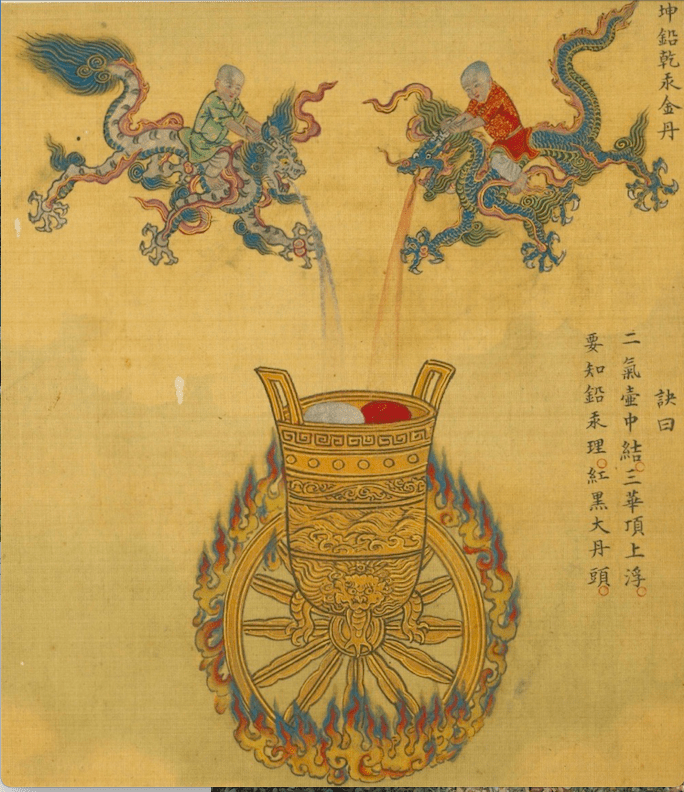
* See The Secret of the Golden Flower, Part One (BDG) and The Secret of the Golden Flower, Part Two (BDG)
See more
Related features from Buddhistdoor Global
Nabji, Part One: Bearing Relics
Dance Survival
Dance as Knowledge, Part One
Three Aspects of Buddhist Dance


